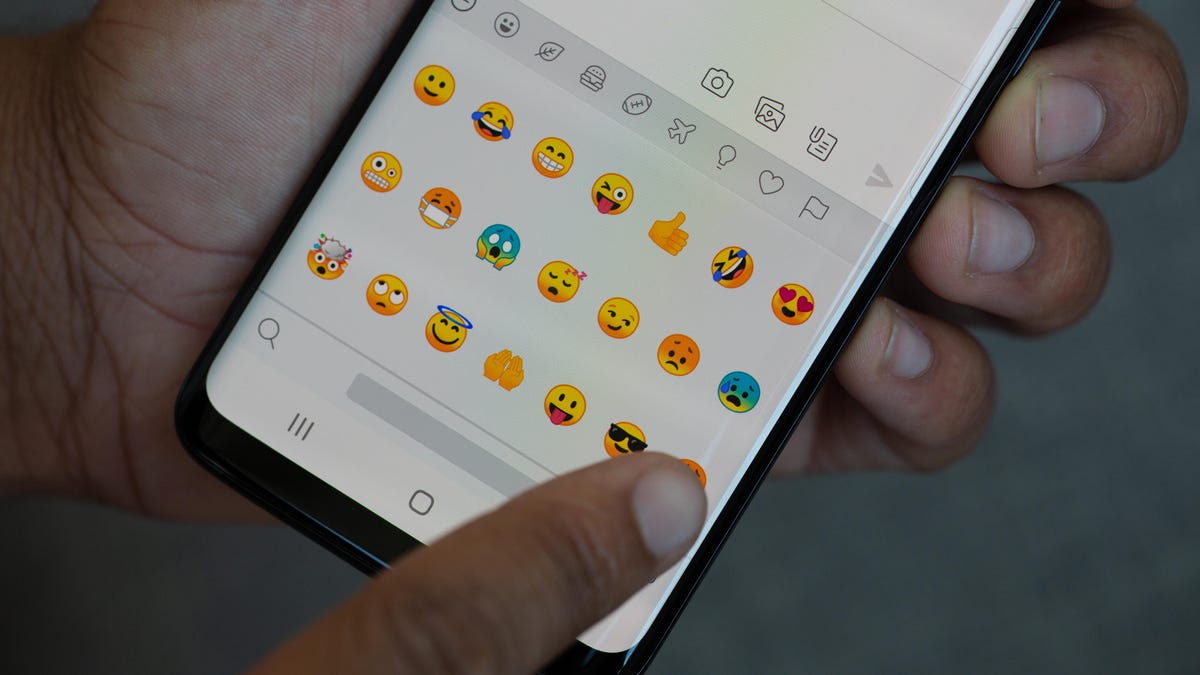New Flag Emoji Proposals No Longer Accepted, Unicode Says
Including new flags for some regions leads to the exclusion of others, Unicode argues.

You'll soon be able to make new emoji proposals, but Unicode says new flag emoji proposals will not be processed.
The submission window for Emoji 16.0 proposals will be open from April 4 through July 31, but Unicode will not process any new flag emoji proposals, the consortium said in a blog post Monday. Adding new flag emoji in the past hasn't translated to wider adoption, and the addition of new flags "creates exclusivity at the expense of others," Unicode argues.
Despite being the largest category of emoji -- accounting for over 200 of approximately 3,600 emoji in total -- flags are by far the least used. Unicode sees little incentive in adding new flag emoji that would end up going unused. What's more, the organization says that there are over 5,000 geographically recognized regions, and adding one region's flag over another's could look like favoritism.
The Emoji Subcommittee aims to keep the number of new emoji encoded every year to a minimum, and must consider usage frequency and "trade-offs with other choices" when deciding on new emoji to add.
Even though Unicode will no longer accept proposals for flag emoji of any category, the Consortium may still add new flag emoji if a country gains independence and is recognized by the United Nations and the ISO 3166-1 country designation standard. In cases like this, a country's flag emoji is automatically recommended for deployment without needing to go through the proposal process. However, this is likely to be a rare occurrence, since changes in UN recognition don't happen often.
The Unicode Standard is the international information technology standard for the encoding of text and symbols, including emoji, that people use to communicate on their devices. The Unicode Emoji Subcommittee is responsible for reviewing and recommending proposals for new emoji, which, when approved by the Unicode Consortium, are rolled out to platforms like Apple, Google, Samsung and Microsoft.

